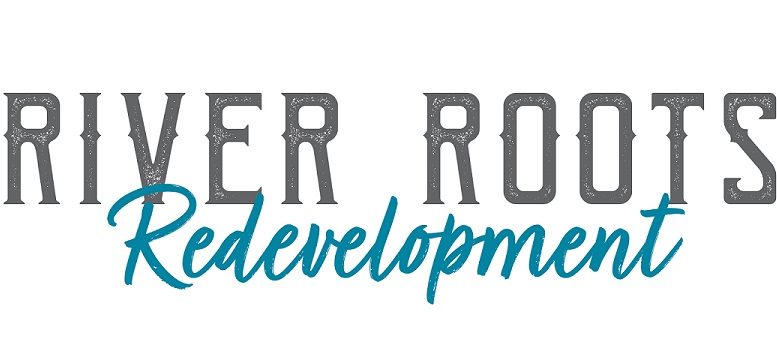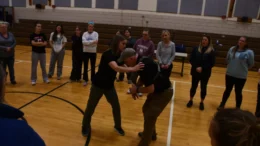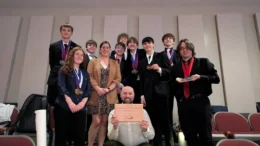Last week, we looked at the concept of adaptive reuse in redevelopment. This week, let’s look at some real-world examples of adaptive reuse and how the concept has been put into practice to create various new opportunities.
First, let’s look at how adaptive reuse is used to create housing. Not far from the Oil Region, Pittsburgh has some pretty unique apartments with interesting histories. Buildings that were once factories, schools, and even the stables that housed municipal horses and carriages have been converted into apartments. In the Troy Hill area, are Heinz Lofts. These buildings are documented on multiple historic registers and are a great example of bringing together history and architecture preservation with a new solution to the current needs of the city. These types of reuse are not limited to cities. Right here in the Oil Region, you can find similar conversions, as well as houses that were once churches or barns.
Here in Emlenton, we have many examples of adaptive reuse. The Crawford Center once was an elementary school. Now, it holds borough offices, businesses, a daycare, an art studio, a Boys and Girls Club, and a yoga studio, and it provides a venue for plays and community events. Homes have been created from a church and an old Buick dealership. And you might be surprised to learn which downtown business is located in what used to be a funeral home. These are examples from just one town, but there are numerous other examples throughout the region.
This next adaptive reuse example might be something that doesn’t immediately come to mind when thinking about repurposing existing structures. It’s not a building, but it is a large unused space with tons of potential. Inactive mines, like those in Boyers and East Brady, are also examples of candidates for adaptive reuse. These two mines are now repurposed as underground storage for boats, RVs, and cars, and important documents and media, as well as space for offices and other businesses, with much more space still to be utilized. Globally, mines have been converted into an array of things like resorts with underground lakes, theme parks, mushroom farms, and even nearly entire underground cities.
All of these conversions have taken existing structures that were no longer useful or needed for their original purpose and given them new life. What will the future bring? There are already plans in motion for some more redevelopment sites in the region, and more potential opportunities arise all the time.
If there is a cool example of adaptive reuse in your area or a site with potential, I’d love to hear about it! Stop in on Fridays at Divani in Foxburg. We are there from 1-3 pm. We’ll also be spending some time up at River Roots Community Farm throughout the summer months, so watch the Facebook page @RiverRootsRedevelopment for more information.
Rachel Brosnahan is the Community Engagement Coordinator for River Roots Redevelopment. She can be reached by email at rachel@riverrootsredevelopment.org.




































